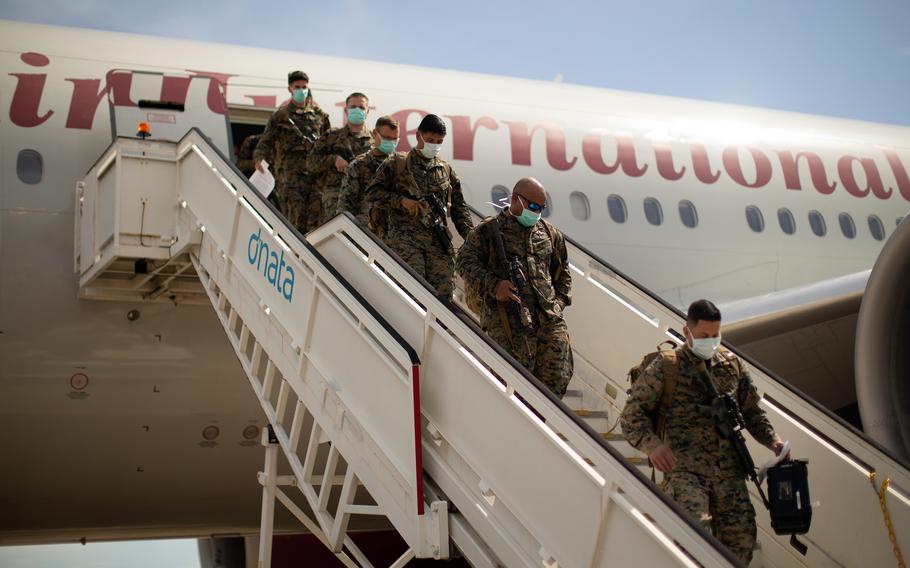
Marines from Air Control Group 38, part of the rotational force, will also take part in Pitch Black

Marines from Air Control Group 38, part of the rotational force, will also take part in Pitch Black

The nation’s pre-election preoccupations are trivial, even while huge shifts in global security demand that our leaders consider actions that have been unthinkable.
In this article, AALD alumni Peter Hartcher proposes:
Australia soon will be discussing with Washington the options for hosting major US combatants, including nuclear-capable planes and ships and subs, on Australian territory, in rotation or home-basing.
... but expect to be left in the lurch in the likelihood of USA abandoning democracy

Up to 2200 US personnel will participate in the Marine Rotational Force Darwin (MRF-D), conducting crisis response exercises, engage with regional partners and more.
For the first time, US Army personnel will also deploy to work alongside the rotation.
MRF-D Commanding Officer Colonel Christopher Steele was excited for the rotation to begin.
“This year our Marines will be coming from Camp Pendleton in Southern California as the 1st Marine Expeditionary Force assumes this mission, working alongside our US Army and Australian Defence Force counterparts,” he said.
The Marines are expected to complete the rotation in Australia by October 2022.

The Marines are restricted to their Australian bases for their first seven days and then tested for COVID-19
The procedures for managing MRF-D’s arrival, border entry protocols and possible cases of COVID-19 have been developed and agreed in full consultation with NT Health authorities :|